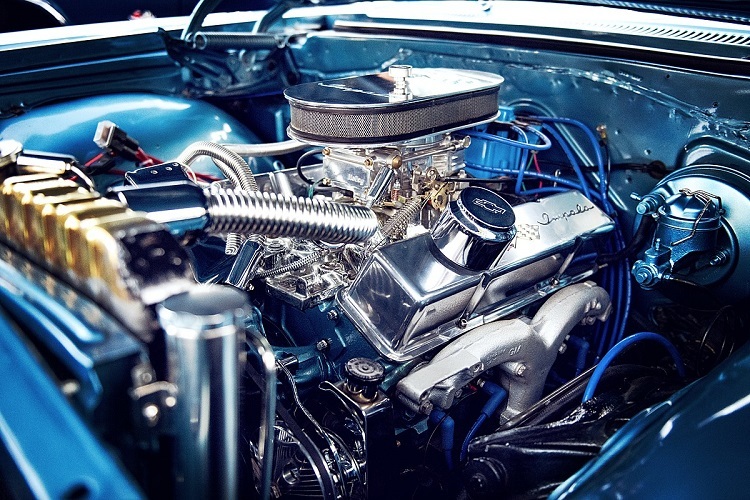In the world of hunting and shooting sports, the choice of ammunition is as crucial as selecting the right firearm. For the discerning hunter and enthusiast, understanding the nuances of various ammunition types and their intended purposes can significantly enhance the hunting experience and increase the odds of a successful outing. Here our aim to shed light on the critical factors to consider when selecting superior ammunition, ensuring you make informed decisions that align with your hunting objectives and personal preferences.
Understanding Ammunition Basics
Before delving into the specifics, it’s essential to grasp the basic components of ammunition: the bullet, case, primer, and propellant. Each component plays a pivotal role in the ammunition’s performance. The bullet, being the projectile, is of utmost importance as its design and material significantly impact accuracy, penetration, and terminal performance. The case holds all components together, while the primer ignites the propellant, generating the gas pressure needed to propel the bullet forward.
Matching Ammunition to Hunting Needs
The first step in selecting superior ammunition is to identify your hunting or shooting objectives. Different game species and shooting activities require specific bullet characteristics for optimal performance. For instance, large game hunting demands ammunition with deep penetration and consistent expansion, ensuring a quick and humane kill. Conversely, small game and varmint hunting benefit from lighter, faster bullets that offer flat trajectories and minimal pelt damage.
Caliber and Bullet Selection
Choosing the correct caliber and bullet type is fundamental. The caliber should be suitable for the game size and hunting conditions. Larger calibers with heavier bullets are preferred for big game due to their energy and penetration capabilities. In contrast, smaller calibers are ideal for smaller game because of their accuracy and reduced recoil.
Bullet selection is equally important, as the bullet design directly affects the ammunition’s performance. Soft-point bullets are versatile, providing controlled expansion and sufficient penetration for medium to large game. Hollow-point bullets, offering rapid expansion, are excellent for small game and varmint hunting. For long-range shooting, boat-tail bullets are preferred for their aerodynamic shape, which minimizes air resistance and enhances accuracy.
The Importance of Ballistic Coefficients
The ballistic coefficient (BC) of a bullet measures its aerodynamic efficiency. A higher BC indicates that the bullet can retain velocity better over distance, resulting in flatter trajectories and less wind drift. This is particularly important for long-range shooting, where precision is paramount. Selecting bullets with high BCs can significantly improve long-distance accuracy and effectiveness.
Ammunition Quality and Consistency
The quality and consistency of ammunition can greatly influence your shooting performance. Premium ammunition manufacturers adhere to stringent quality control standards, ensuring each round’s components are of the highest quality and precisely assembled. This results in consistent velocities and trajectories, essential for accurate shooting. Although premium ammunition comes at a higher cost, the investment can be justified by the superior performance and reliability it delivers.
Environmental Considerations
Modern hunters and enthusiasts are increasingly aware of the environmental impact of traditional lead-based ammunition. Lead can pose a risk to wildlife and human health. As a result, there has been a shift towards lead-free alternatives, such as copper and copper alloy bullets. These materials offer excellent penetration and expansion, making them effective and environmentally responsible choices.
Testing and Personal Preference
Ultimately, the best way to determine the most suitable ammunition for your needs is through testing. Shooting various ammunition types under different conditions will provide firsthand experience of their performance. This trial-and-error approach allows you to assess accuracy, recoil, and terminal performance, facilitating an informed choice that aligns with your preferences and hunting requirements. For example, experimenting with the .450 Bushmaster caliber can offer insights into its effectiveness for large game hunting due to its hard-hitting capabilities.
Conclusion:
Selecting superior ammunition is a critical aspect of hunting and shooting that demands careful consideration of several factors, including hunting objectives, caliber and bullet selection, ballistic coefficients, quality, environmental considerations, and personal preferences. By understanding these elements and dedicating time to testing, hunters and shooting enthusiasts can enhance their experience and success in the field. Remember, the perfect ammunition is not just about the kill—it’s about precision, ethics, and respecting the environment and wildlife.














